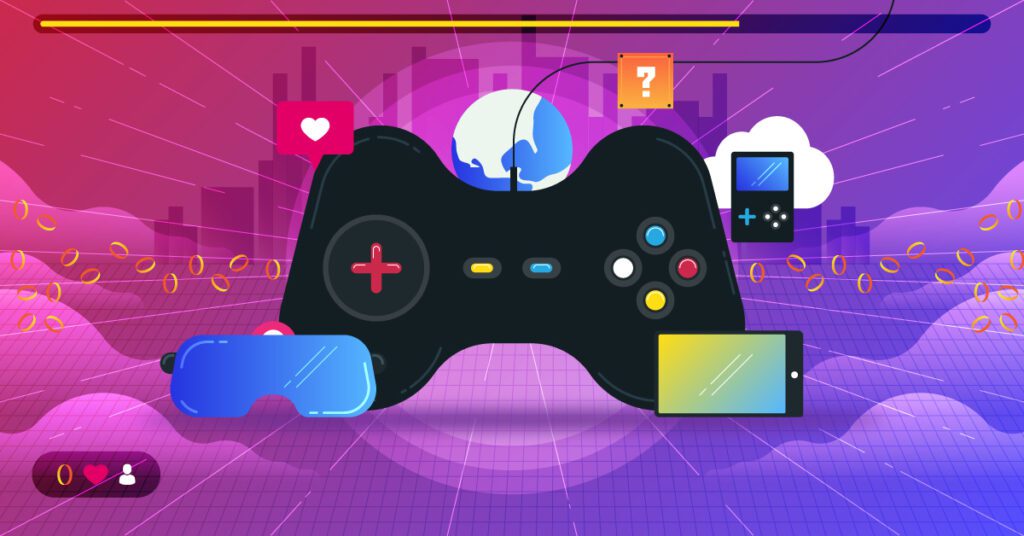The future of game art and animation is exciting, with technologies such as hyper-realistic graphics and cinematics, procedural generation, AI and machine learning, and VR and AR expected to shape the industry. With the growth of virtual and augmented reality technologies, game developers are investing heavily in high-quality graphics engines and 3D modeling tools to create immersive experiences. Procedural generation automates mundane tasks and assists developers in creating complex and highly detailed games. AI and ML can personalize gameplay experiences by analyzing a player’s preferences and tailoring the game to their unique traits. VR and AR provide immersive experiences, with the potential to create entirely new genres of games.
The Future of Game Art and Animation: Trends and Innovations to Watch For
Introduction
As technology continues to advance and the gaming industry grows exponentially, the demand for high-quality game art and animation only increases. In this article, we will discuss trends and innovations that will shape the future of game art and animation.
Realistic Graphics and Cinematics
One of the most noticeable advancements in game art and animation is the push for hyper-realistic graphics and cinematics. This is partly driven by the rise of virtual and augmented reality technologies, which require a high degree of realism to be immersive.
Game developers are investing heavily in cutting-edge graphics engines and 3D modeling tools to create stunning visual experiences for players. They are also incorporating Hollywood-level cinematic techniques to create engaging storytelling elements within games.
Procedural Generation
Procedural generation is a technique used to create content (such as landscapes, environments, and even characters) algorithmically in real-time. This technique can help reduce the amount of time and resources needed to create large-scale games by automating some of the more mundane tasks.
One example of this in practice is Hello Games’ “No Man’s Sky,” which uses procedural generation to create a vast and nearly infinite universe with unique planets and ecosystems. As processing power continues to increase, procedural generation is becoming more widespread, allowing developers to create even more complex and detailed games.
AI and Machine Learning
Artificial Intelligence (AI) and Machine Learning (ML) are becoming increasingly important in game development. Game developers are utilizing AI and ML to create more intelligent NPCs (non-player characters) and opponents, as well as to generate content based on player behavior.
For example, AI and ML can be used to create more realistic and varied enemy behavior, making them less predictable and more challenging to defeat. Additionally, these technologies can be used to personalize gameplay experiences for individual players by analyzing their preferences and tailoring the game to their unique traits.
Virtual Reality and Augmented Reality
Virtual Reality (VR) and Augmented Reality (AR) are two areas of technology that are changing the landscape of game design. VR and AR technologies provide players with an immersive experience, with the potential to create entirely new genres of games.
As the technology advances and becomes more affordable, we can expect more games to take advantage of these immersive technologies. The use of VR and AR can create a more immersive experience for players, which can be used to create completely new genres of games.
Conclusion
In conclusion, game art and animation continue to evolve as technology advances. The future of game art and animation is exciting, with the potential for more hyper-realistic graphics and cinematics, procedural generation, AI and machine learning, and VR and AR technologies. We can expect game developers to continue to push the boundaries of what is possible, creating even more immersive and engaging experiences for players.
